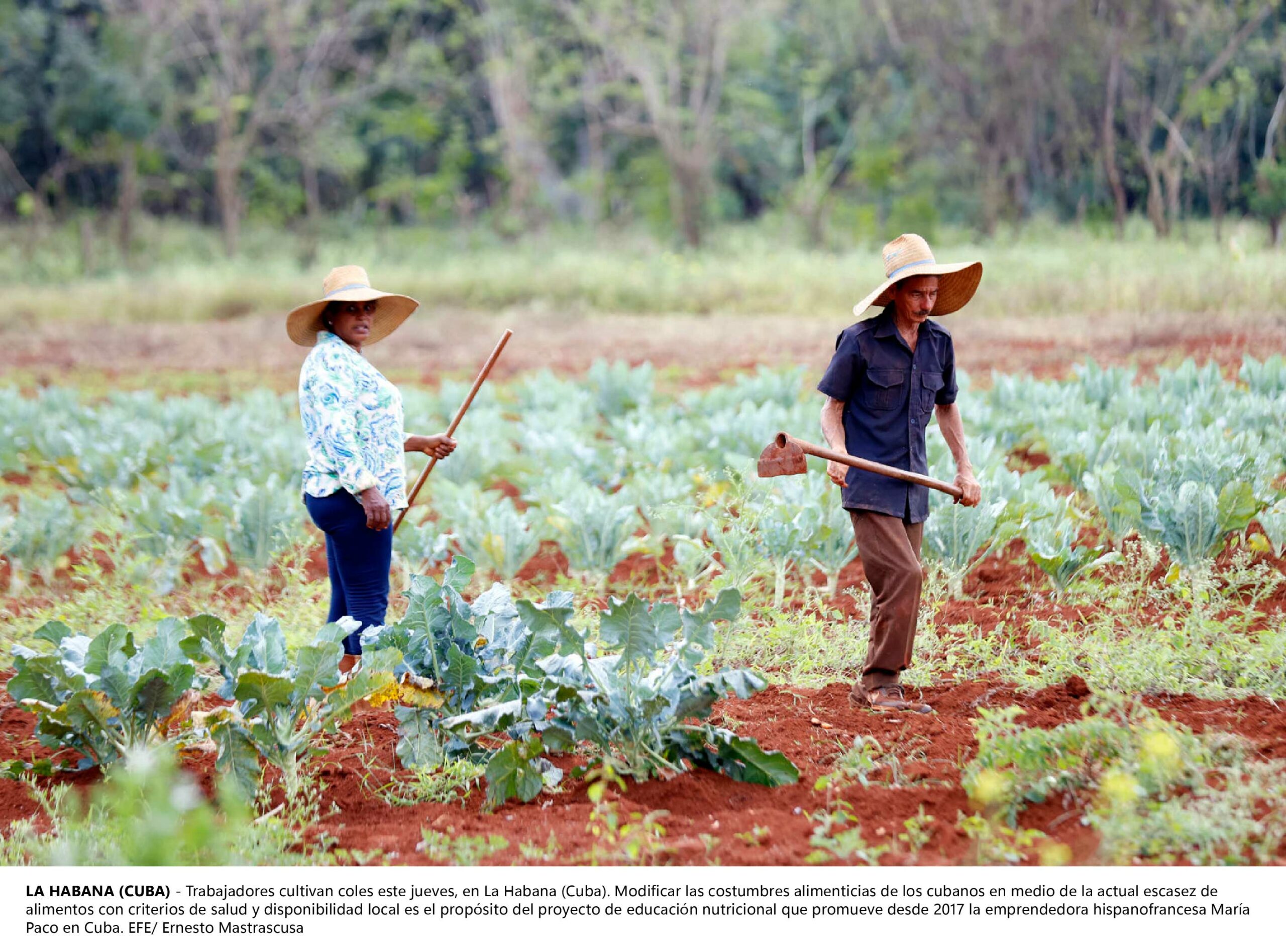Sowing Hope: Urban Farming Transforms Medellín, Colombia

In Medellín’s Comuna 13, once plagued by violence, Terrazas Verdes’ innovative urban hydroponic agriculture project transforms lives, especially for mothers, providing jobs and fresh produce.
Terrazas Verdes, a unique urban hydroponic agriculture project, is flourishing in Comuna 13, a once-violence-ridden neighborhood in Medellín, Colombia. The project offers a lifeline to its residents, particularly mothers, by providing employment opportunities, fresh produce, and a sense of hope.
In the heart of Comuna 13, on the terraces of homes built with brick and zinc tiles, lush vegetables and lettuce thrive. Yeniffer Alexandra Romaña, a 26-year-old mother of four, found hope after fleeing poverty and violence in her hometown of Quibdó.
“I come every day to check on the plants, add nutrients, and remove the bad leaves,” Yeniffer says, standing amidst her lettuce crop, which will be sold as an organic mix in a supermarket chain.
This innovative project provides Yeniffer with a livelihood and allows her to feed her children and be close to them. “I have the desire and determination to succeed,” she says, expressing her enthusiasm for learning about hydroponics.
From Rap Artist to Community Transformer
Carlos Alberto Sánchez Mosquera, a rapper, songwriter, and business administrator, is the driving force behind Terrazas Verdes. Born and raised in Comuna 13, Sánchez witnessed the devastating effects of violence firsthand.
“My siblings and I practically grew up alone. Music changed my life, but my brothers were not so lucky,” he says, reflecting on his upbringing.
Determined to break the cycle of violence and create opportunities for others, Sánchez turned to the transformative power of art and culture. He founded Terrazas Verdes as a way to empower mothers in his community.
“I wanted to create a project that allowed mothers to work close to home and care for their children,” he explains.
Sowing Dreams, Harvesting Opportunities
Terrazas Verdes began five years ago with a single terrace. Today, it boasts over 600 square meters of cultivated space across 27 terraces and has expanded to other cities in Colombia.
The project employs around 20 families, involving them in administrative, operational, and agricultural tasks. It also contributes to food security by providing fresh produce to the community and operating a communal dining room.
Terrazas Verdes has captured the attention of private companies like Postobón and Éxito, which have joined the initiative. Recently, two more terraces were inaugurated in the Nuevos Conquistadores neighborhood. They feature 90 square meters of hydroponic crops and vibrant graffiti, a signature art form of Comuna 13.
“Our goal is to sow dreams and harvest opportunities,” says Sánchez, who envisions a future where Medellín’s produce is cultivated locally.
“We want to turn Comuna 13 and other neighborhoods into the city’s pantry,” he declares.
Beyond Medellín: A Model for Latin America
Terrazas Verdes’ success has inspired similar initiatives in other parts of Latin America. In Ciudad Bolívar, Bogotá, and Siloé, Cali, communities are adopting urban hydroponics to improve their living conditions and create a more sustainable future.
As Latin America grapples with widespread poverty, food insecurity, and violence, Terrazas Verdes is a powerful model for community transformation. By empowering mothers, cultivating local food, and fostering social innovation, the project is sowing the seeds of hope for a brighter future.
The story of Terrazas Verdes is a testament to the power of community and the human spirit. In the face of adversity, the people of Comuna 13 have found a way to create a better life for themselves and their children.
Also read: Publishing “Until August” Against Colombian García Márquez’s Wishes Crosses the Ethical Line
Through innovative urban agriculture, they are transforming their physical environment and their social and economic landscape. Terrazas Verdes is a beacon of hope, not just for Comuna 13 but for communities across Latin America and beyond.




